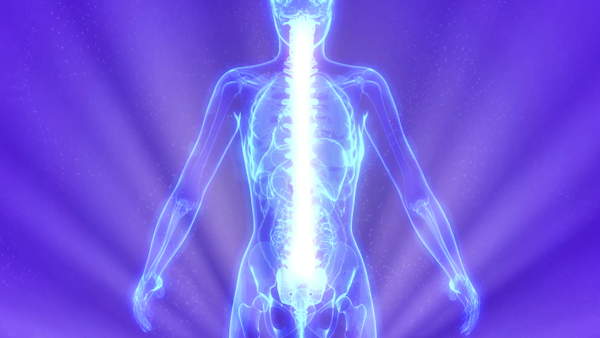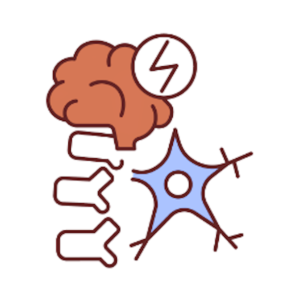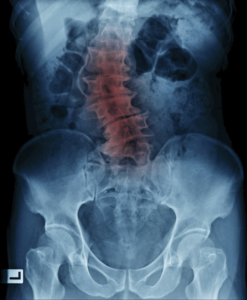WHAT IS SCOLIOSIS?
Scoliosis is a 3-dimensional deformity of the spine that affects up to 4% of adolescents and up to 30% of adults. Scoliosis can have various causes. The main types of scoliosis are idiopathic, congenital, neuromuscular, and degenerative.


The spine is complex in its structure, and its shape is designed to support the body in relationship to gravity. It is composed of 17 small segments (vertebrae) and the sacrum. These multiple parts are connected by joints, ligaments, and spinal muscles. The spine is affected by physical forces, including gravity and forces exerted by the muscles. The muscle activity around the spine is regulated by the neurological system of the body through perception of verticality and balance.
Idiopathic scoliosis is the most common type of scoliosis, and its exact cause is unknown. There are multiple possible causes, including genetic traits and other predispositions caused by physical, chemical and neurological influences. Idiopathic scoliosis is categorized by the time of onset:
- Infantile scoliosis: Between 0 and 3 years of age
- Juvenile scoliosis: 3-10 years of age
- Adolescent scoliosis: 10-18 years of age
- Adult Scoliosis: after 18 years of age
Congenital Scoliosis occurs due to congenital abnormalities in bone formation within the spine. It usually appears at an early age. Congenital scoliosis presents as postural asymmetry and can be diagnosed radiologically.

Neuromuscular scoliosis usually accompanies neurological disorders that affect the development of postural control and the musculoskeletal system. Abnormalities in neuromuscular function often cause postural asymmetry around the trunk, pelvis and lower extremities that can trigger the development of scoliosis.

This form of scoliosis occurs in adults due to degenerative processes that alter the shape of vertebral column, causing postural imbalance. It usually occurs after 50 years of age.

Want to schedule a consultation? I would be happy to get in touch!